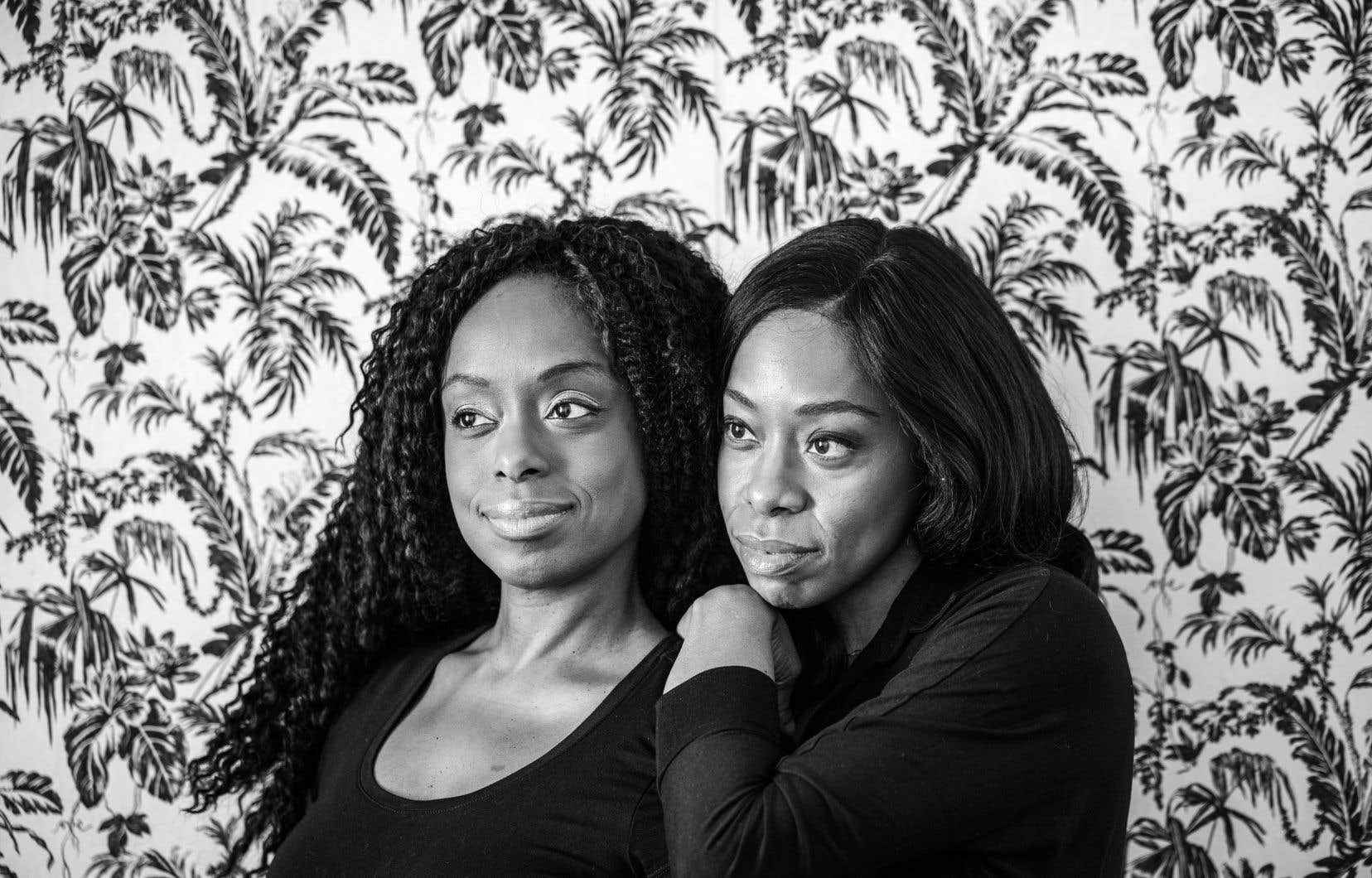When she started acting in the cinema, Ayana O’Shun realized how much her status as a “black woman” confined her to certain stereotyped roles. “I interviewed other black or racialized actresses around me, and it was pretty much the same things that came out,” she says. For his first feature documentary The myth of the black womane, Ayana O’Shun grouped the stereotypes surrounding black women around three figures: the Jezebel, femme fatale and hypersexualized, the mom or the busty, generous nanny and the angry, over-behaving black woman.
“I did research. I went to read about it, she adds. And the more I read, the more I went back in time. And I discovered that these stereotypes were invented several centuries ago, and that they had descended the centuries to end up in the cinema or on television. »
However, these stereotypes do not correspond to anything, she continues. About the nanny who smiles and is well coated, she adds that in the time of slavery, “there were no obese slaves, she continues. And life expectancy often did not exceed thirty years. Similarly, the archetype of the Jezebel, a hypersexualized black woman, had no place in the context of slavery. “Most of the time it was children. We made them come, children or teenagers, we raped them to have mixed-race offspring, ”says Ayana O’Shun. In the Bible, Jezebel is the woman who turned King Ahab away from the god of Israel.
These stereotypes are based on wind. The caricature of the angry black woman appeared later, at the beginning of the XXe century, she argues, to undermine movements that spoke out against the mistreatment of black people.
To make her documentary, Ayana O’Shun met 21 women from Quebec, philosophers, actresses, activists, columnists, entrepreneurs. They give their feelings and bear witness to the impact of these stereotypes in their lives.
I wanted not only to expose these stereotypes and deconstruct them, but above all to talk about the consequences this has in the lives of black women. At the same time, I didn’t want to make a film of victims.
Often, their story vividly illustrates Ayana O’Shun’s point. Thus, a woman tells how her boss who had just married one day asked her to accompany his wife in the sexual act to show her how to do it. The philosopher Agnès Berthelot-Raffard explains the phenomenon as follows: “White people have often thought that their women were pure. But if your wives are pure, there’s got to be someone you can be yourself with. »
She herself says that she suffered from the stereotype that makes black women nannies, or, closer to us, nurses or orderlies, when she was confused with a professor of nursing studies. In all cases, it is a question, in particular when these clichés are brought to the screen, of characters simplified to the extreme, often bordering on caricature.
The slavery of skin color
Activist Diane Gistal recounts how her little sister, whose skin was much darker than hers, suffered more than her from discrimination, especially at school. The documentary also lifts the veil on the use of lightening creams which several black women use. These creams, which have the effect of making the skin more gray, explains Ayana O’Shun, are presented as “cleansing” creams and are dangerous for health.
“Me, I’m black-skinned,” says Ayana O’Shun. Because I was raised by a wonderful woman who always told me my skin was beautiful, I didn’t feel like I was less than a woman with lighter skin. But I knew very well that women who had lighter skin and longer, silky hair were considered the most beautiful among Haitians or elsewhere. »
This phenomenon, called colorism, remains very strong today: lighter women have, she says, more professional possibilities, and are more successful with men. But it was already present in slave societies. “Lighter women were worth more as slaves and they could be closer to the owners’ houses. They became house slaves, and did less demanding domestic work than work on the plantations,” says Ayana O’Shun.
In the documentary, host and author Geneviève Young recounts having, in front of her four-year-old birthday cake, expressed the wish to become white…
Likewise, wearing naturally frizzy hair has a direct impact on how others view black women, as actress Patricia McKenzie recounts in the documentary.
“I not only wanted to expose these stereotypes and deconstruct them, but above all to talk about the consequences this has in the lives of black women. At the same time, I didn’t want to make a film of victims. I wanted to meet women who say yes, these stereotypes exist, but what do you do to try to build your own identity? said Ayana O’Shun.
Ayana O’Shun is surely one of these role models herself. Born Tetchena Bellange, she signed under this name her first medium-length film, black handswhich dealt with the fate of Marie-Angélique, this black slave accused of having set fire to Montreal in 1734. Since then, she has chosen to take a name closer to her distant African origins.
